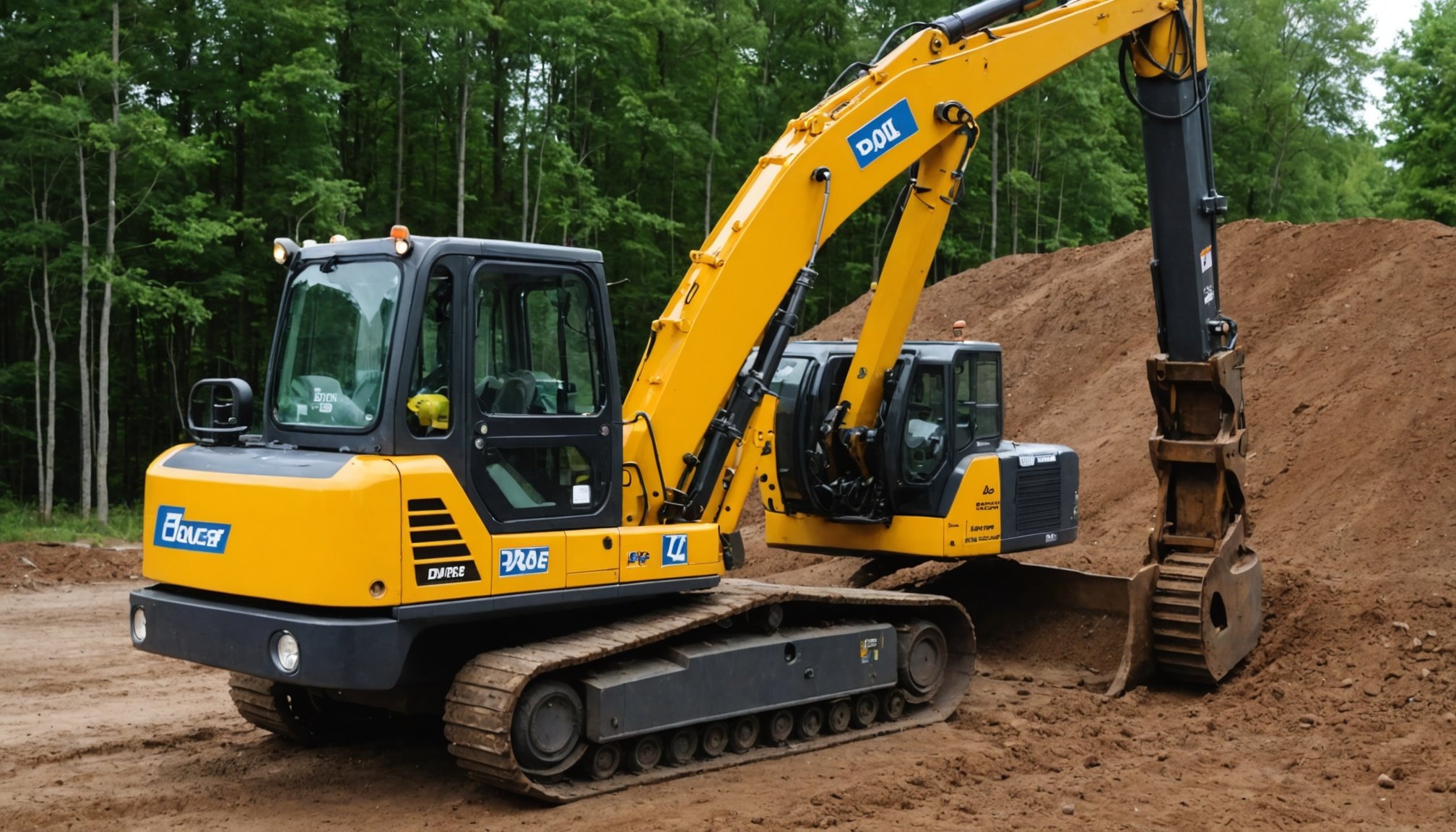Auger piling offers a streamlined solution for deep foundation challenges by combining drilling and concreting in a single continuous process. Its adaptability to varied soil types, minimal noise and vibration, and robust load resistance make it ideal for projects near existing structures or in sensitive urban sites. Understanding its operational steps and benefits helps you assess if this method suits your construction needs effectively.
Overview of Auger Piling Technologies and Their Importance in Construction
CFA Piling Engineers specialize in advanced solutions like continuous flight auger (CFA) piling, a vital method in modern construction. This technique involves rotating a hollow stem auger into the soil, then pumping concrete through it to form a pile. The process ensures precise, rapid installation, with minimal disturbance—ideal for urban areas.
Also to discover : Top storage solutions in glasgow: flexible, secure, and affordable
Significance: Auger piling techniques, especially CFA, offer reliable support for structures such as tunnels, bridges, and retaining walls. Their ability to adapt to various soil conditions—sand, clay, silt—makes them a versatile choice for many projects. CFA piles deliver high load capacity and excellent stability, essential for infrastructure safety.
Applications: Common in residential, commercial, and civil engineering sectors, these methods enable quick, cost-effective foundation solutions. The broad utility of continuous flight auger piling underscores its importance in projects demanding precision and efficiency. For more insights, visit the page of CFA Piling Engineers.
In the same genre : What Are the Latest Trends Shaping the Future of Business Services in the UK?
Technical Aspects and Types of Auger Piling
Continuous Flight Auger (CFA) Piling Process
Continuous flight auger piling combines drilling and concreting into a seamless operation. A continuous flight auger piling rig drives the auger into the soil to the designed depth. As the auger is withdrawn, concrete is pumped through its hollow stem, forming the pile while displacing soil. Reinforcement cages are then placed into the wet concrete. Advanced rig instrumentation monitors continuous flight auger depth control, pressure, and extraction rate, producing detailed logs for quality assurance. Adaptable to many auger piling ground conditions, CFA is optimal where low noise and minimal vibration are needed.
Sectional Flight Auger (SFA) and Other Variants
Sectional flight auger piling processes excel in restricted-access or low-headroom sites. Unlike the CFA method, SFA systems use modular auger sections added incrementally. Concrete is introduced as the auger is withdrawn segment by segment, allowing for tailored pile installation. The SFA process is quieter and versatile, particularly suited for confined environments and logistical challenges. Options like the manual auger piling method are reserved for particularly limited spaces or minor projects.
Equipment and Machinery Used in Auger Piling
Multiple auger piling equipment types exist, ranging from compact rigs for tight spaces to robust machines tackling deep or large-diameter piles. Selecting the right auger piling machine depends on project specifics such as load requirements and ground conditions. Considerations include piling rig auger operations, rental options, and auger piling machine maintenance to ensure consistent performance and operational efficiency. Ongoing innovations in flight auger equipment and automation continue to drive improvements in speed and reliability for every auger piling project application.
Applications, Benefits, and Challenges
Typical Use Cases in Construction
The auger piling method overview highlights extensive use cases across construction, from underpinning residential blocks to supporting commercial structures and civil engineering works. Auger piling project applications include foundation strengthening for bridges, stabilizing retaining walls, and underpinning infrastructure in dense city environments. Flexibility in auger piling ground conditions allows seamless integration in sands, silts, clays, and soft rock, making it a preferred approach for varying sites.
Flight auger pile installation technology also enables rapid groundwork preparation, which proves especially advantageous where auger piling foundation suitability is a concern—such as with weak soils or high groundwater levels. These applications showcase the necessity of choosing the correct technique relative to site and load demands.
Advantages Over Traditional Piling Methods
Flight auger piling advantages stem from its speed, quiet operation, and minimal vibration. The continuous flight auger piling technique eliminates temporary casing, improving safety and environmental friendliness compared to older methods. Adaptability to different auger piling soil compatibility scenarios further reduces project delays. Auger piling construction timeline is condensed, which helps meet urgent project schedules while reducing costs.
Limitations and Challenges
Despite strong benefits, auger piling ground conditions such as hard rock or high water tables introduce complexities. Auger piling soil displacement effects and control over auger pile diameter selection can impact foundation stability. Proper planning minimizes issues like borehole collapse and challenges in auger piling installation accuracy. Robust auger piling risk management—including monitoring, safety procedures, and testing—remains essential for project success.










